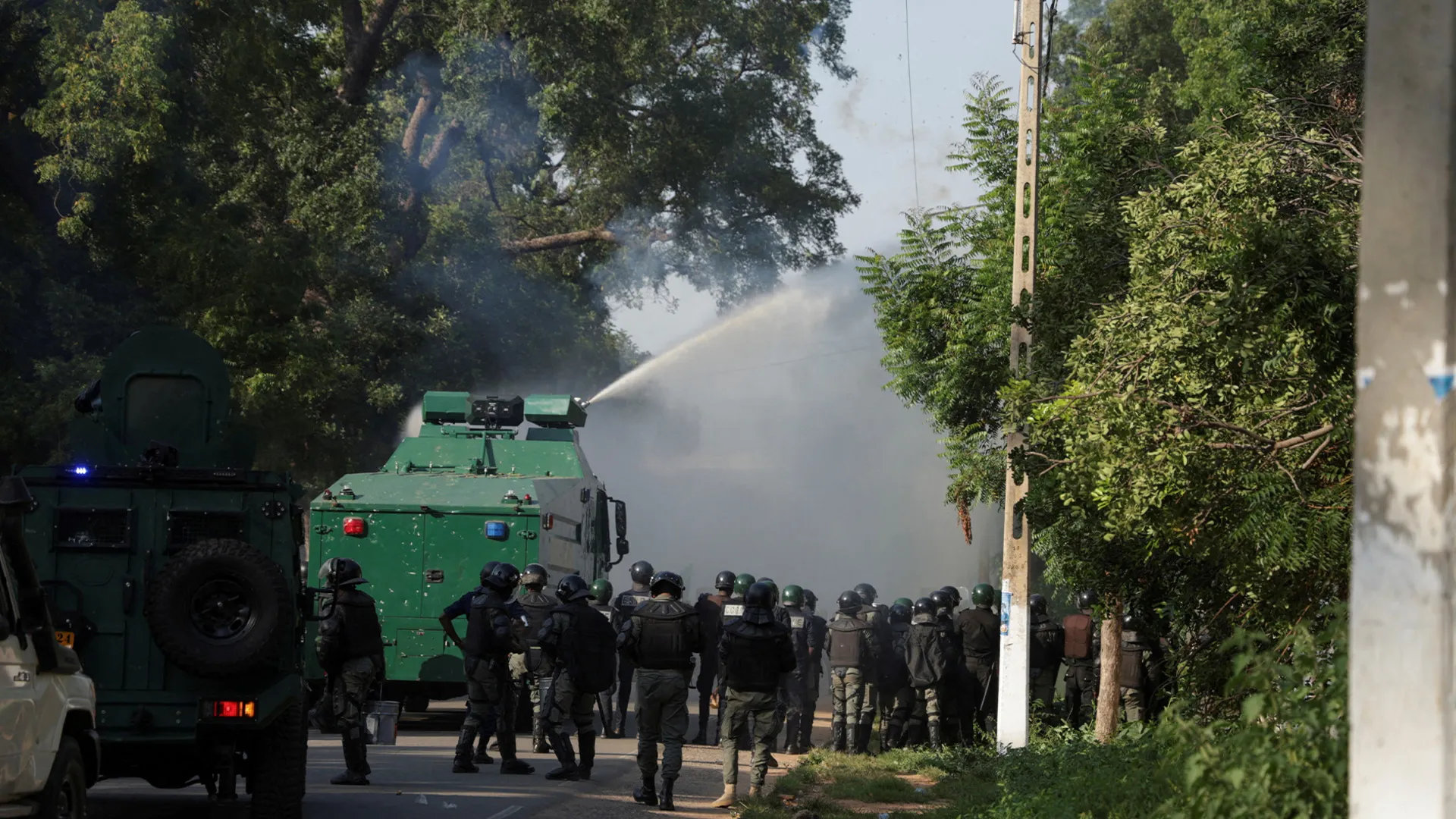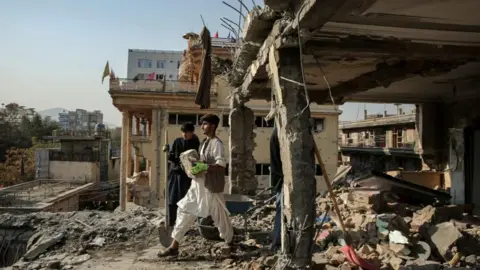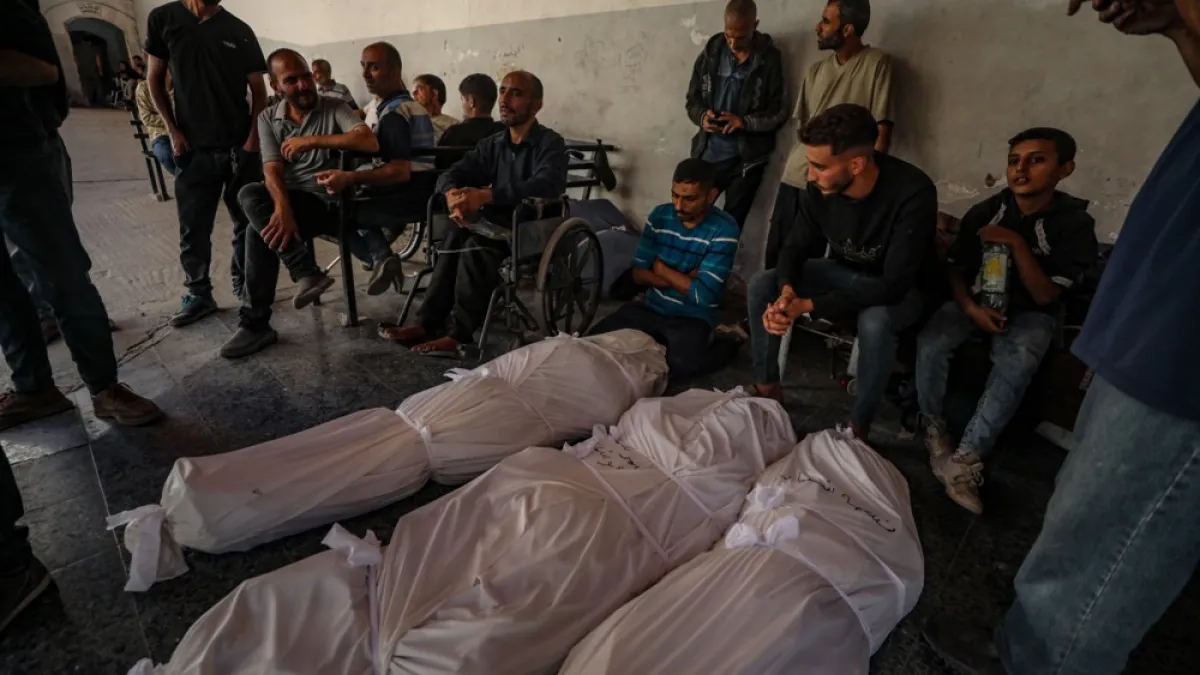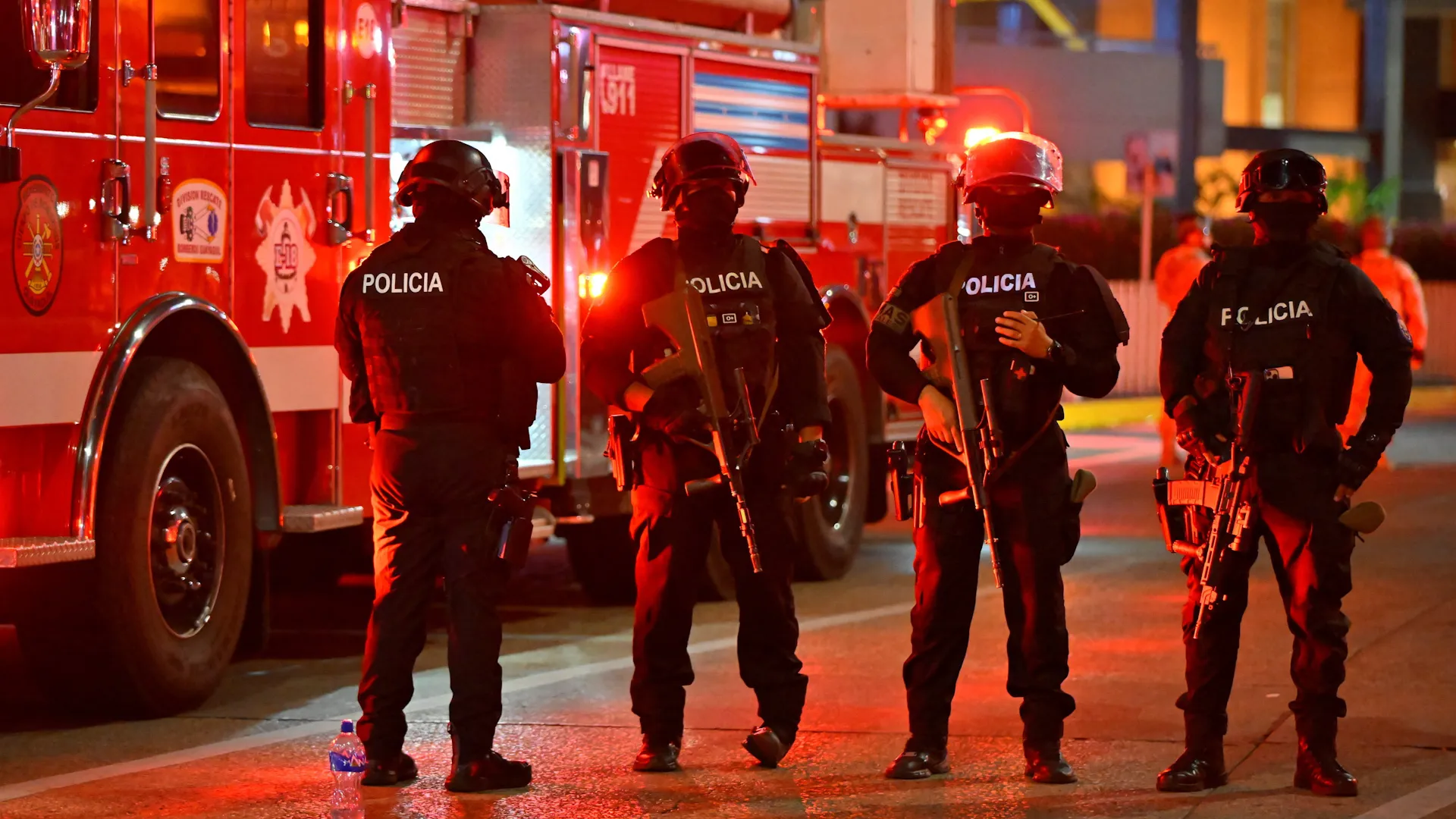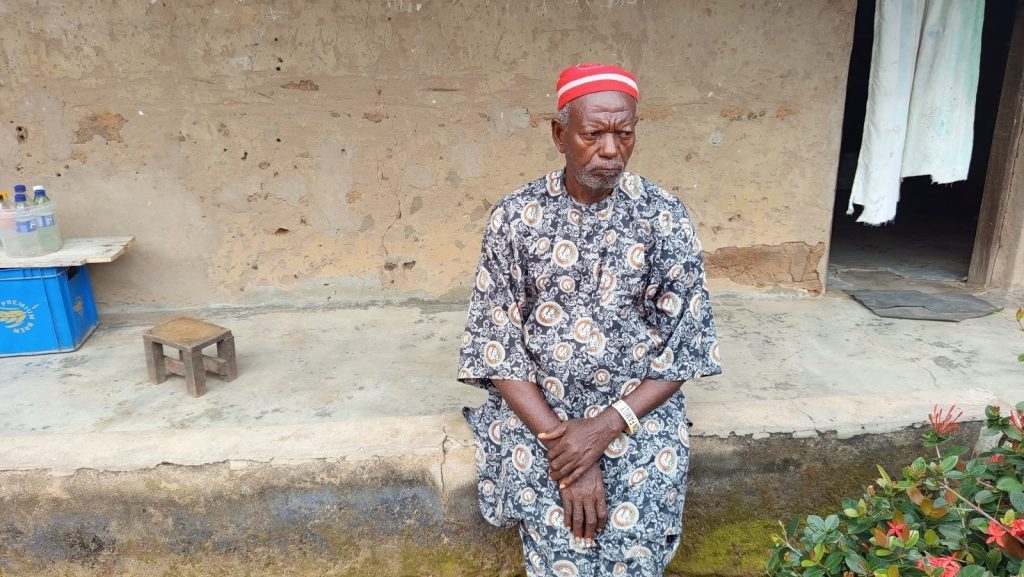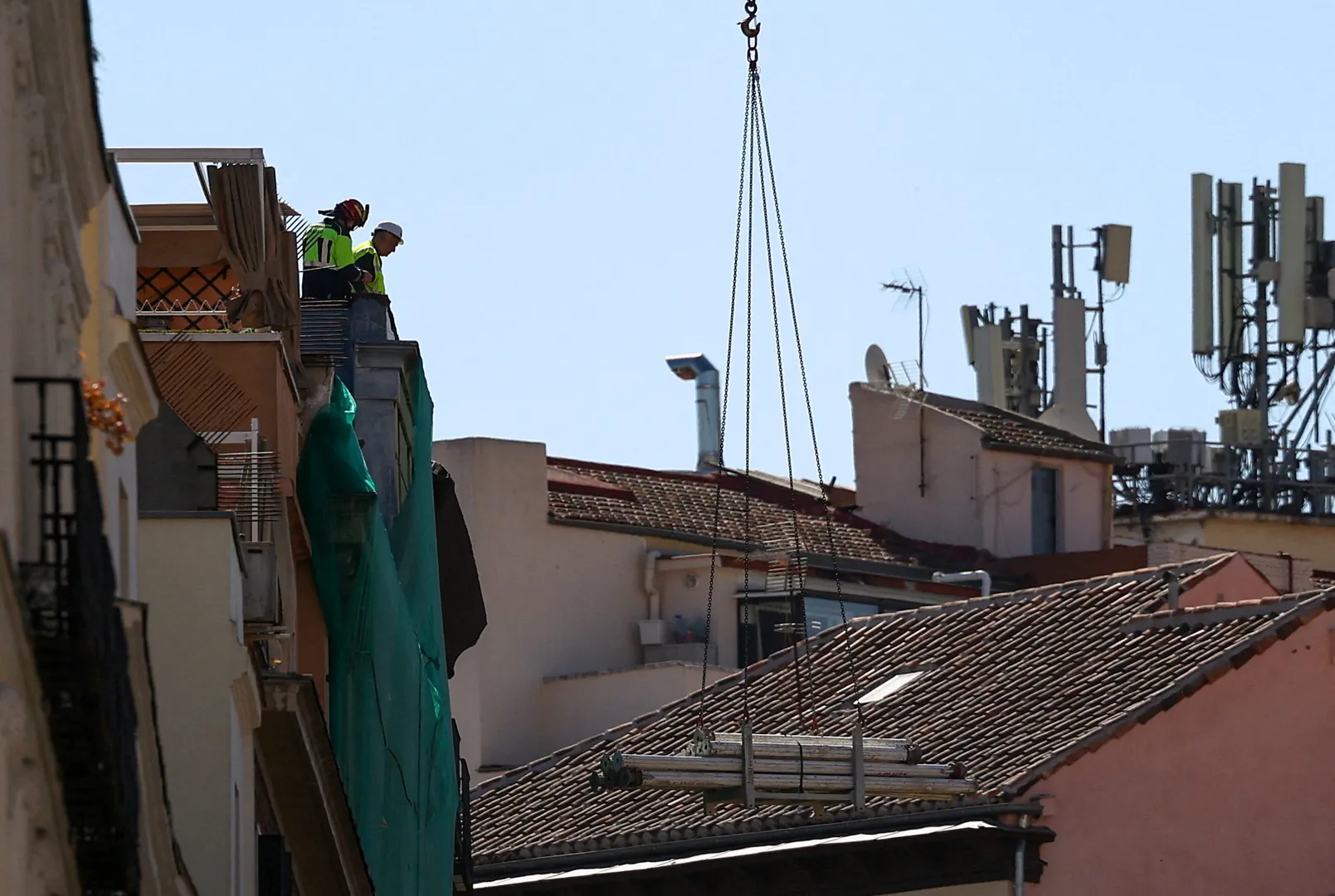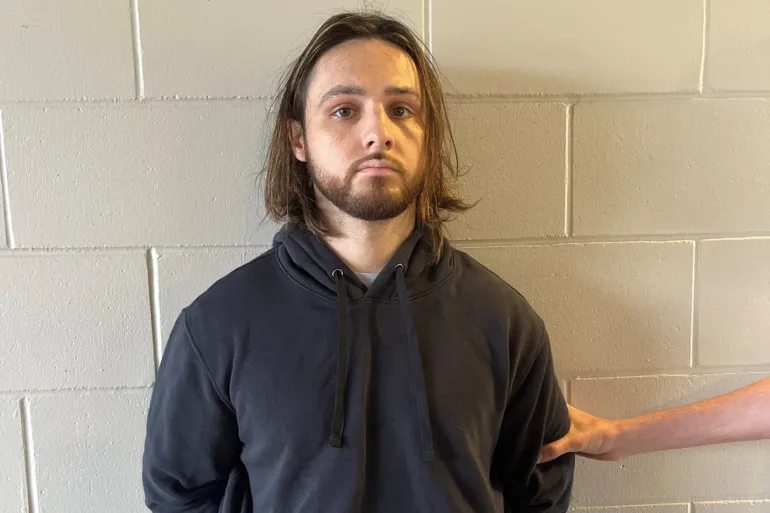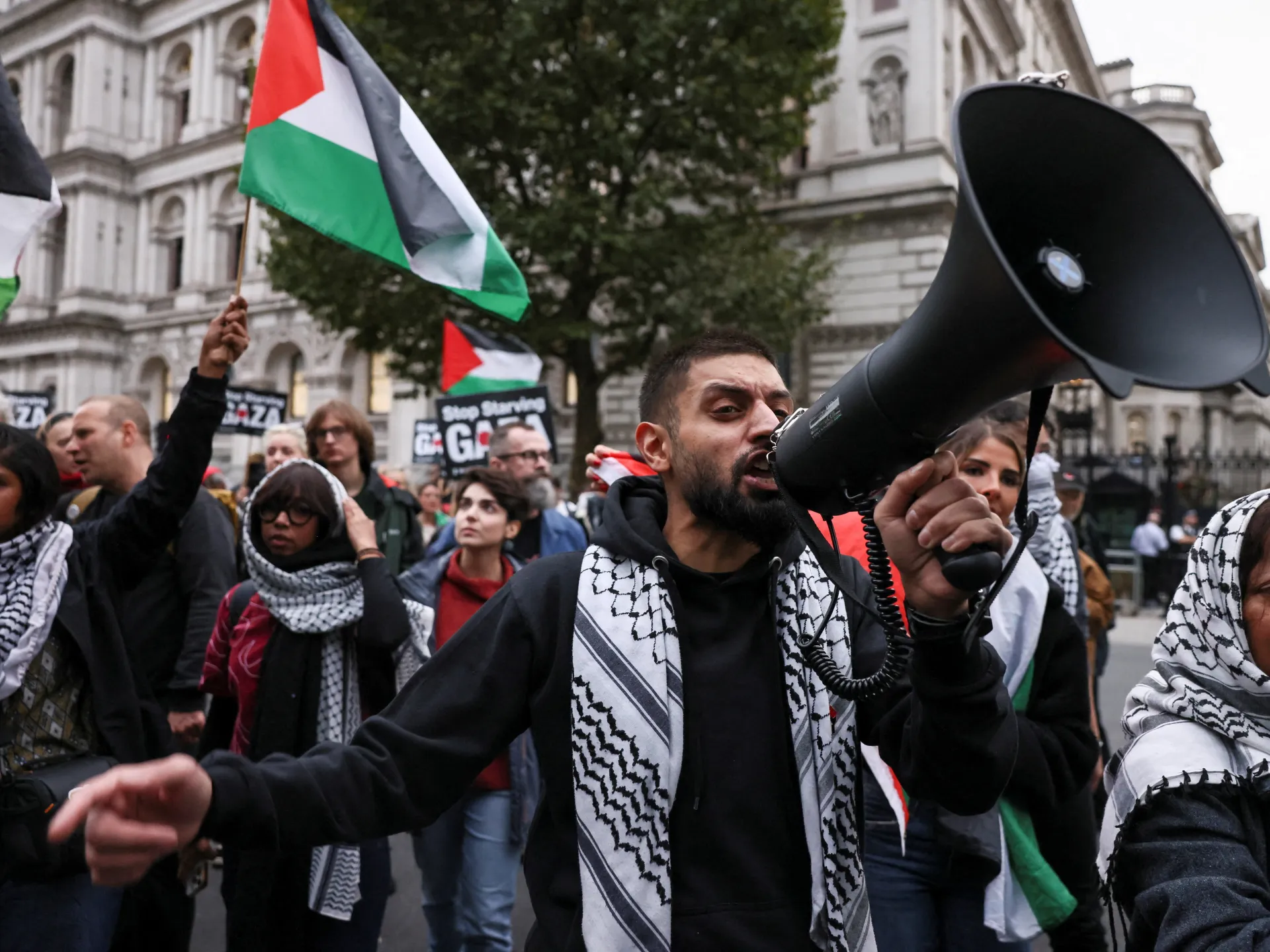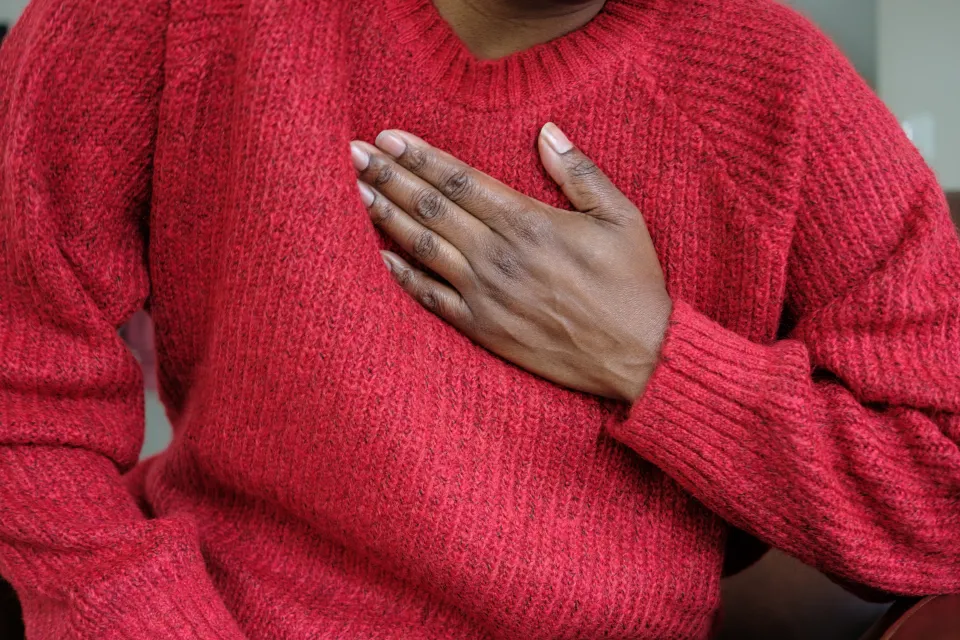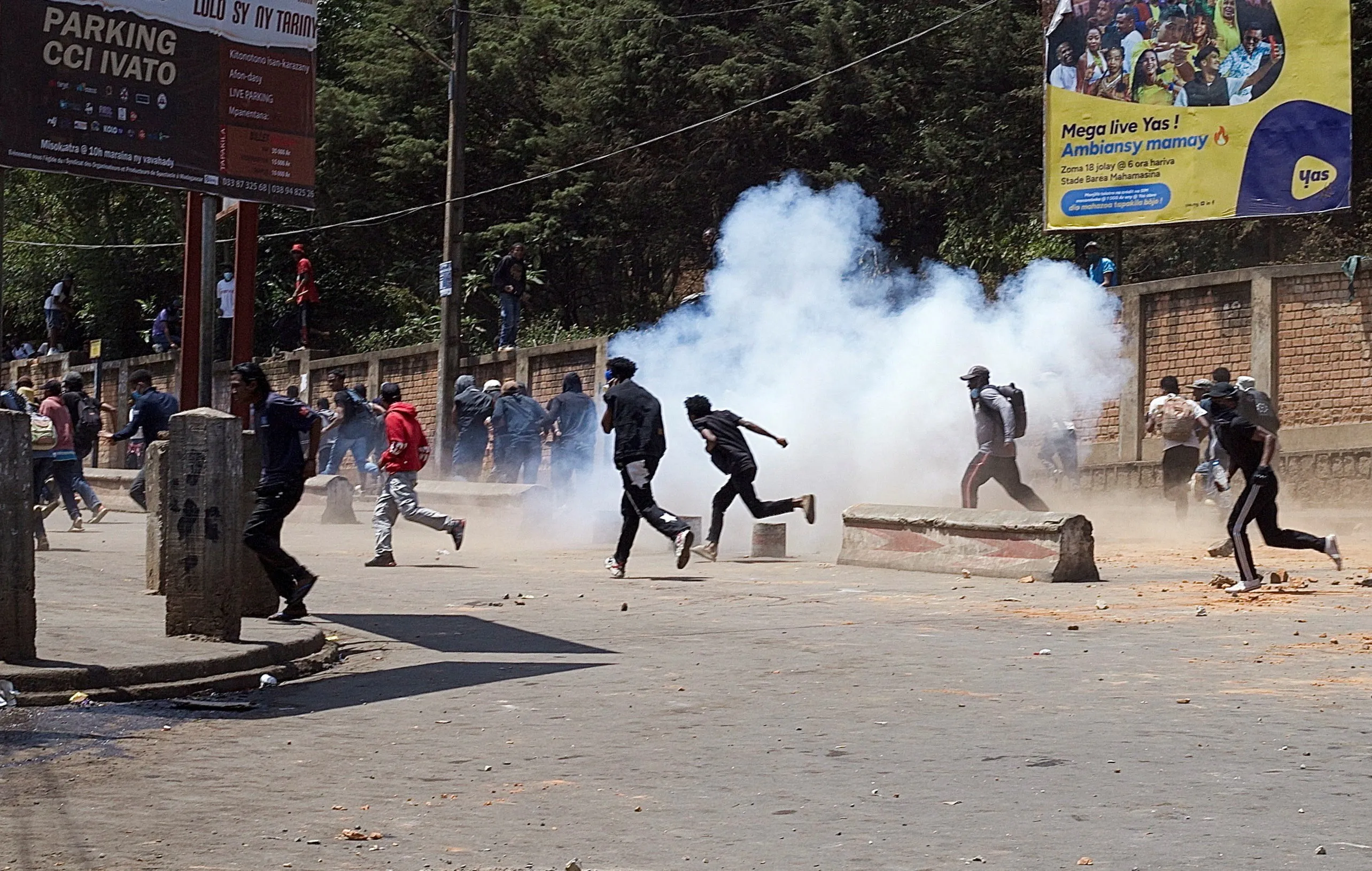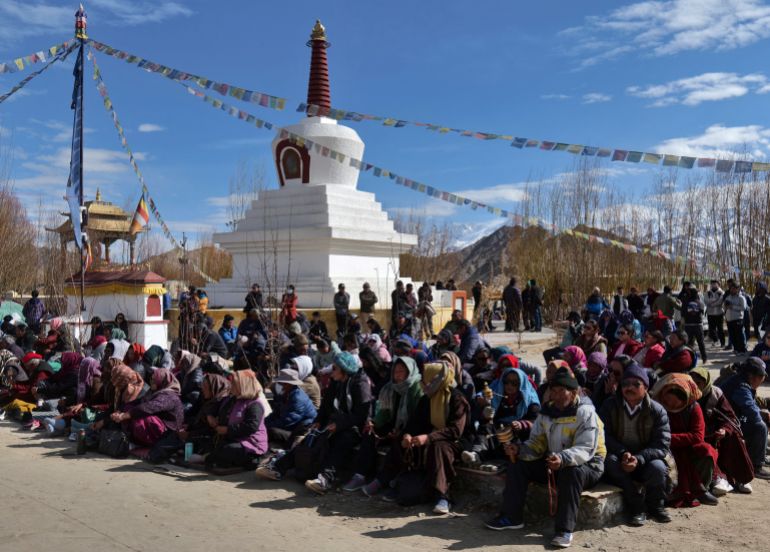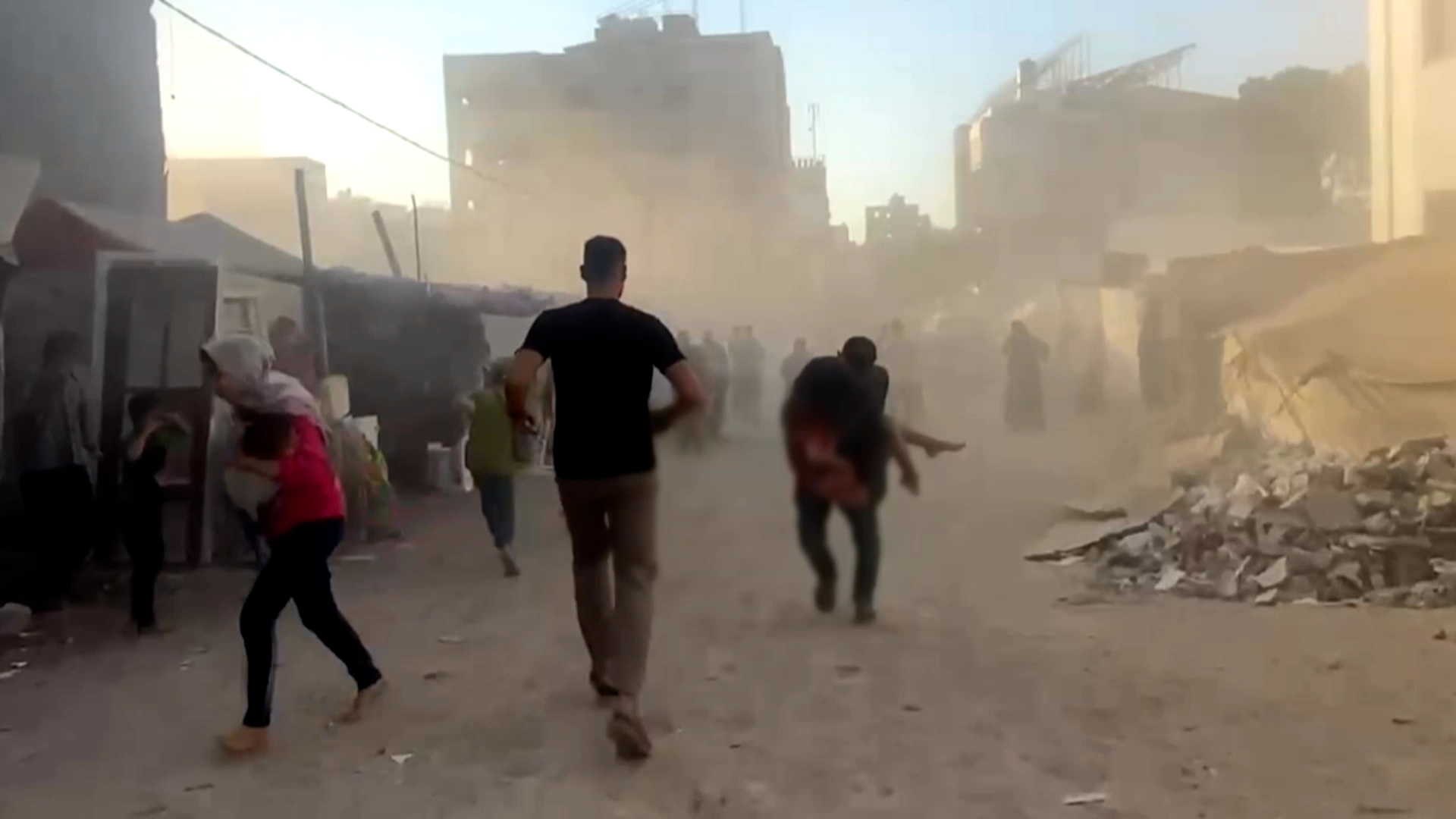Biya declared victor of Cameroon election: Why deadly protests broke out | Elections News
A crackdown by armed forces in Cameroon has killed at least four opposition supporters amid protests over the declared re-election win by President Paul Biya.
Protesters calling for fair results from the African country’s contested presidential election held on October 12 have hit the streets in several cities as 92-year-old Biya prepares for an eighth term, which could keep him in power until 2032 as he nears 100.
Biya, whose election win was finally confirmed by Cameroon’s Constitutional Council on Monday, is Africa’s oldest and among the world’s longest ruling leaders. He has spent 43 years – nearly half his life – in office. He has ruled Cameroon, a country of 30 million people, as president since 1982 through elections that political opponents said have been “stolen”.

What’s behind the deadly protests?
Supporters of opposition candidate Issa Tchiroma Bakary of the Front for the National Salvation of Cameroon party have defied a ban on protests, setting police cars on fire, barricading roads and burning tyres in the financial capital, Douala, before the announcement of the election result. Around 30 activists have been arrested.
Police fired tear gas and water cannon to break up the crowds that came out in support of Tchiroma, who had declared himself the real winner, and called for Biya to concede.
Samuel Dieudonne Ivaha Diboua, the governor of the region that includes Douala, told the AFP news agency that the protesters attacked police stations in the second and sixth districts of the city.
Several members of the security forces were wounded, and “four people unfortunately lost their lives,” he said. Tchiroma’s campaign team confirmed the deaths on Sunday were of protesters.
Opposition supporters claim the results of the election have been rigged by Biya and his supporters in power. In the lead-up to the announcement of the result, the current government rejected these accusations and urged people to wait for the result.
Who is the main opposition in Cameroon?
The Union for Change is a coalition of opposition parties that formed in September to counter Biya’s dominance of the political landscape.
The forum brought together more than two dozen political parties and civil society groups in opposition to Biya with an aim to field a consensus candidate.
In September, the group confirmed Tchiroma as its consensus candidate to run against Biya.
Tchiroma, 76, was formerly part of Biya’s government, holding several ministerial positions over 16 years. He also served as government spokesperson during the years of fighting the Boko Haram armed group, and he defended the army when it stood accused of killing civilians. He was once regarded as a member of Biya’s “old guard” but has campaigned on a promise of “change”.
What happened after the election?
After voting ended on October 12, Tchiroma claimed victory.
“Our victory is clear. It must be respected,” he said in a video statement posted on Facebook. He called on Biya to “accept the truth of the ballot box” or “plunge the country into turmoil”.
Tchiroma claimed that he had won the election with 55 percent of the vote. More than 8 million people were registered to vote in the election.
On Monday, however, the Constitutional Council announced Biya as the winner with 53.66 percent of the vote.
It said Tchiroma was the runner-up with 35.19 percent.
Announcing the results on Monday, the council’s leader, Clement Atangana, said the electoral process was “peaceful” and criticised the opposition for “anticipating the result”.

What are the main criticisms of Biya?
Under Biya’s rule, Cameroon has struggled with myriad challenges, including chronic corruption that critics say has dampened economic growth despite the country being rich in resources such as oil and cocoa.
The president, who has clinched wins in eight heavily contested elections held every seven years, is renowned for his absenteeism as he reportedly spends extended periods away from the country.
The 92-year-old appeared at just one campaign rally in the lead-up to this month’s election when he promised voters that “the best is still to come.”
He and his entourage are often away on private or medical treatment trips to Switzerland. An investigation in 2018 by the Organized Crime and Corruption Reporting Project found Biya had spent at least 1,645 days (nearly four and a half years) in the European country, excluding official visits, since being in power.
Under Biya, opposition politicians have frequently accused electoral authorities of colluding with the president to rig elections. In 2008, parliament voted to remove the limit on the number of terms a president may serve.
Before the election, the Constitutional Council barred another popular opposition candidate, Maurice Kamto of the Cameroon Renaissance Movement, from running.
Some opposition leaders and their supporters have been detained by police on a slew of charges, including plotting violence.
On Friday, two prominent leaders, Anicet Ekane and Djeukam Tchameni of the Union for Change, were arrested.
The African Movement for New Independence and Democracy party also said its treasurer and other members had been “kidnapped” by local security forces, a move it claimed was designed “to intimidate Cameroonians”.
Analysts also said Biya’s hold on power could lead to instability when he eventually goes.
What is the security situation in Cameroon?
Since 2015, attacks by the armed group, Boko Haram, have become more and more frequent in the Far North Region of the country.
Furthermore, since gaining independence in 1960 from French rule, Cameroon has struggled with conflict rooted in the country’s deep linguistic and political divisions, which developed when French- and English-speaking regions were merged into a single state.
French is the official language, and Anglophone Cameroonians in the northwest and southwest have felt increasingly marginalised by the Francophone-dominated government in Yaounde.
Their grievances – over language, education, courts and distribution of resources – turned into mass protests in 2016 when teachers and lawyers demanded equal recognition of English-language institutions.
The government responded with arrests and internet blackouts, and the situation eventually built up to an armed separatist struggle for an independent state called Ambazonia.
The recent presidential election was the first to take place since the conflict intensified. Armed separatists have barred the Anglophone population from participating in government-organised activities, such as National Day celebrations and elections.
As a result, the Southwest and Northwest regions saw widespread abstention in voting on October 12 with a 53 percent turnout. The highest share of votes, according to the official results, went to Biya: 68.7 percent and 86.31 percent in the two regions, respectively.

What will happen now?
Protests are likely to spread, observers said.
After the deaths of four protesters before the results were announced, Tchiroma paid tribute “to those who fell to the bullets of a regime that has become criminal during a peaceful march”.
He called on Biya’s government to “stop these acts of barbarity, these killings and arbitrary arrests”.
“Tell the truth of the ballots, or we will all mobilise and march peacefully,” he said.

